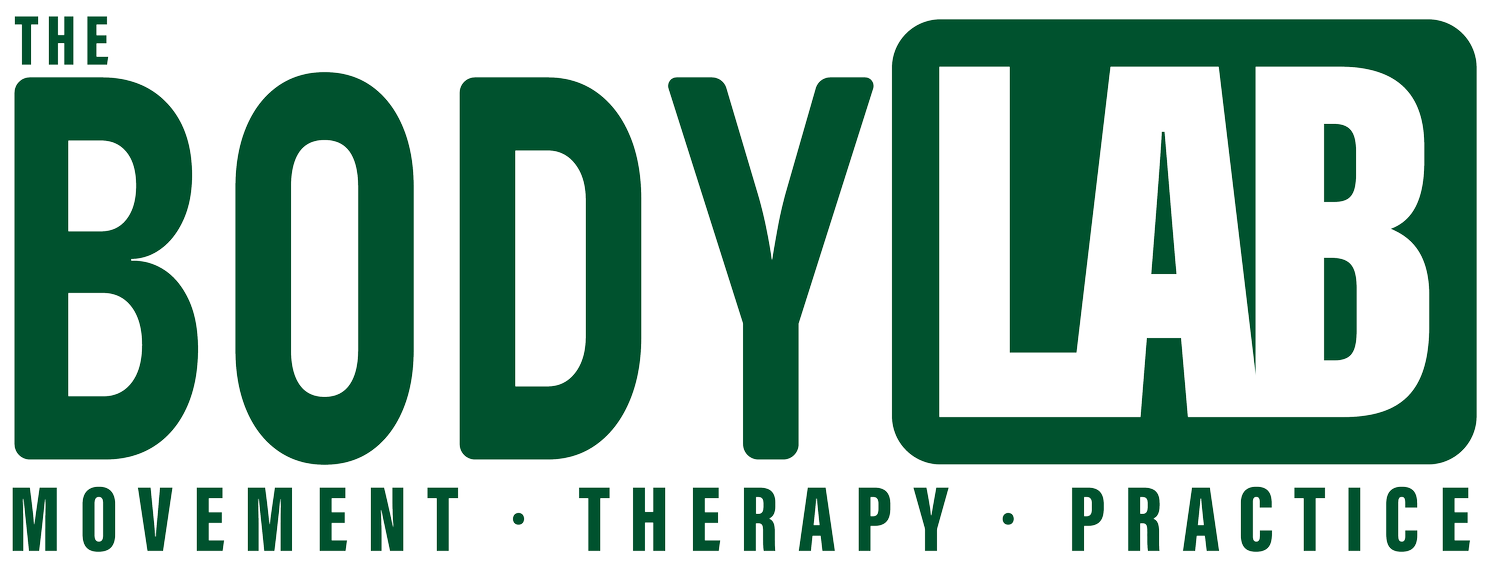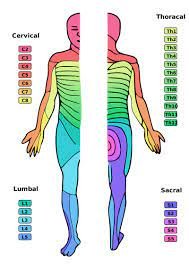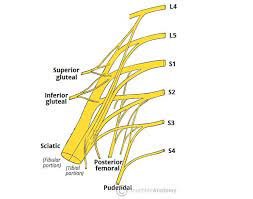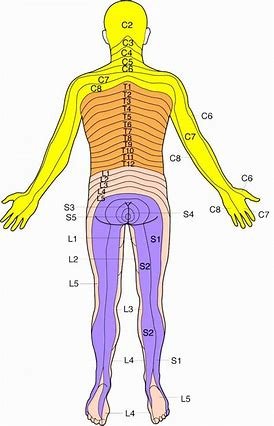Back Pain vs Sciatica - Canberra Acupuncture Approach
For back pain, don't rely solely on MRI or X-ray for diagnosis
According to a 2019 report, back pain is Australia's 2nd leading disease burden, accounting for 4.1% in 2015. In 2017-18, 38% of those with back problems reported moderate interference with daily activities, and 16% of Australians experienced back problems during that time. That's 4.0 million people! Back pain and problems: 3rd leading cause of disease burden for males and females (3.9% and 4.4% respectively) (AIHW 2019a). Among males: 2nd leading cause for ages 25-44 and 45-54, 3rd leading cause for ages 55-64. Among females: leading cause for ages 45-54, 2nd leading cause for ages 25-44. In 2015-16, back pain and problems cost Australia's health system $2.8 billion, representing 23% of musculoskeletal condition spending and 2.4% of total health expenditure (AIHW 2019b).
These statistics don’t tell us what type of back pain that people are experience but places everyone in the same category. I have experienced back pain and no one could tell me what was going on without getting a costly MRI scan. There are another options that you can do yourself to find out what is going on in your back and body.
Please see a medical practitioner if you are experiencing severe pain or discomfort, the following information is a reference guide.
Let’s first describe the most common types of back related pain.
Back Pain & Sciatica Pain & Sclerotome Pain
Back pain maybe caused by many factors however I would like to discuss the main presentations that I treat in my clinic which is mostly either Radiculopathy - true back pain from the spinal cord or Peripheral Neuropathy which is sciatica pain away from the spine or Sclerotome which is pain arise from bone or ligaments covering a larger area. Each nerve has a specific job and expression for the limb as it exits the spinal column, meaning that each nerve has two main functions: Sensation - Sensory nerves that receive sensation, such as touch, temperature, pain, vibration from the skin - so we can measure which parts of your peripheral nerve/s are impacted. Movement - Motor nerves that control muscle movement so we can measures which part of peripheral nerve/s have lost motor function. So as part of the neurological testing we need to measure which aspect of your nerves have either lost sensory (touch) sensation or motion (movement & strength) - this is crucial to understand if its one or many nerves that have been affected.
What is the difference?
Radiculopathy
Radiculopathy - is created by mostly ONE nerve root which exits the spine and is being pinched, squeezed or pressed by something. The most common causes are by narrowing of the space where nerve root exit the spine. This may be caused by stenosis (narrowing of the space where the nerve exits the spine), bone spurs (instability causes the body to restrict movement, lay down more bone and thus narrowing the space with bone), disc herniation/bulging (undue pressure caused the gel like liquid to ooze out mostly likely backwards towards the spinal resulting in pain), spondylolisthesis (where a disc has shifted, moved off the disc above and shifted off centre, in a forward direction). One segment of the spine may be affected by something pressing, pinching or squeezing which leads to pain, weakness, numbness or tingling. There are occasion where one or more nerve roots will be affected.
Radiculopathy will mostly likely be ONE nerve root that will be affecting the dermatomes (a zebra strips)
You can test this yourself my either using a pin wheel or paper clip or a fork or something metal with an edge. Using the metal object at certain parts of your body (refer to the dermatome chart), you are feeling for a change in sensation or a loss of sensation, when you stroke the area with the metal object. You are judging if the area feels different to the identical area on the other leg or body part.
So for example if you are measuring the sensation at your feet, stroke the same area on each area of the left and right foot as indicated in the close up image of the nerve dermatome. Do you feel a difference in sensation at one area only as you stroke the area. This may indicate Radiculopathy.
Peripheral Neuropathy
Peripheral Neuropathy (sciatica) - a result of damage or compression to the peripheral (nerves that are away from the spine in the limbs) nerves located outside of the brain and spinal cord, which often causes weakness, numbness and pain in the feet and leg. This will express itself at multiple areas or regions of loss of sensation or motor loss in your nerves not just one area as in Radiculopathy . Your peripheral nervous system sends information from central nervous system to and from your brain and spinal cord to the rest of your body. Remember that each peripheral nerve has a specific job and expression, meaning that each nerve has two main functions:
Sensation - Sensory nerves that receive sensation, such as touch, temperature, pain, vibration from the skin - so we can measure which parts of your peripheral nerve/s are impacted.
Movement - Motor nerves that control muscle movement so we can measures which part of peripheral nerve/s have lost motor function.
So as part of the neurological testing we need to measure which aspect of your nerves have either lost sensory (touch) sensation or motion (movement & Strength) - this is crucial to understand if its one or many nerves that have been affected.
Peripheral neuropathy will be several nerves roots that will be affecting the motor (motion) and sensory (sensation) nerves (many zebra strips).
So again for example if you are measuring the sensation at your feet, stroke the same area on each area of the left and right feet as indicated in the close up image of the nerve dermatome. Do you feel a difference in sensation at more than one area as you stroke the area. This may indicate Peripheral neuropathy.
Sclerotome
Sclerotome is body pain that is deep pain and arises from the actual bone (disc) or ligaments of the spine itself. This may include spinal tissues, ligaments, facet joints and deep intersegmental muscles, which is referred to areas away from from the spine. The difference between Radiculopathy or Peripheral neuropathy from Sclerotome pain is the pain is covering a large area on multiple areas of the lower back, back and front of thigh but not pain or loss of motor or sensory function to the feet! This pain can be dull but its diffuse, often bilateral (both sides of the body) covers a large area and follows a broad front to back zone. The different distribution of pain is one way to distinguish where the porblem may be arising. Radiating pain from the spine as maybe the result of Radiculopathy or from nerve root inflammation may result from Peripheral neuropathy and pain arising from the sclerotome pain (deep spinal tissues, the deep ligaments, facet joints and deep intersegmental muscles), may not be from areas away from the spine.
Sclerotome pain will NOT include motor or sensory loss or anything to do with the feet and cover multiple sites on front and back of the back and thigh - (not affecting the zebra strips)
So again the same example as you have done previoulsy, if you measure the sensation at your feet, stroke the ALL THE AREAS on left and right feet as indicated in the close up image of the nerve dermatome. If no part of your feet has a loss in sensation, this may indicate Sclerotome pain.
Just to be very clear in our understanding of the type of pain that you may experience in your back or legs, we can differentiate what type of pain it it by:
Radiculopathy will mostly likely be ONE nerve root that will be affecting the motor (motion) and sensory (sensation) nerves the dermatomes (a zebra strips)
Peripheral neuropathy will be SEVERAL nerves roots that will be affecting the motor (motion) and sensory (sensation) nerves (many zebra strips).
Sclerotome pain will NOT include any motor or sensory loss or anything to do with the feet and cover multiple sites on front and back of the back and thigh - (not affecting the zebra strips)








